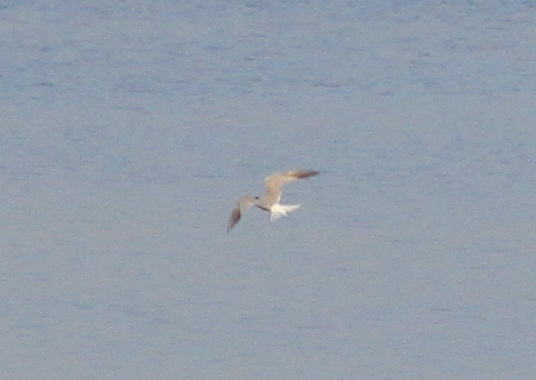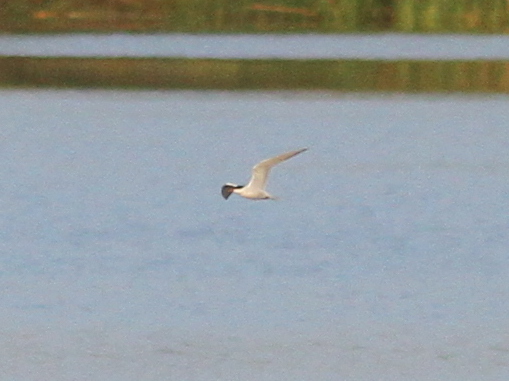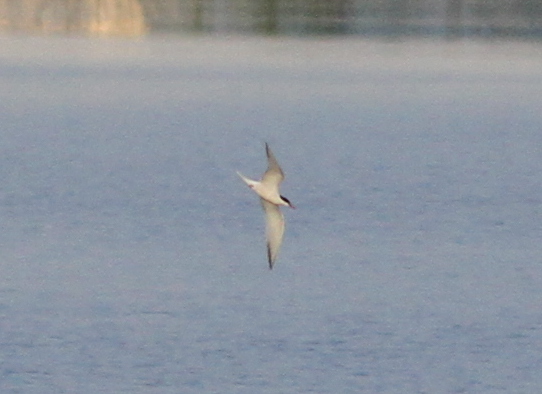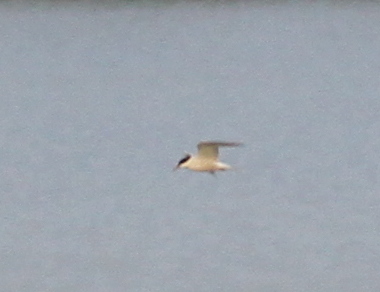 |
 |
|||||||||||||||||||||
|
||||||||||||||||||||||
Common Tern (Sterna hirundo), Patagonia Lake, Santa Cruz County
One Common Tern was found at this location on 07
September 2016 by Chris McCreedy, and was joined by a
second on 08 September, found by Lauren Harter and David
Vander Pluym and photographed by Lauren Harter.
Casual in southeast Arizona. Reports from Santa Cruz County are far less than annual, mostly from Patagonia Lake. These birds were almost certainly associated with Hurricane Newton.
Hurricane Newton formed roughly 220 mi southwest of
Manzanillo, Colima, Mexico on 4 Sep 2016 and reached
Arizona on 7 Sep 2016, bringing with it several notable
species, including three species new to Arizona and one
even new to the ABA area! This storm officially reached
hurricane strength winds late on 5 Sep 2016 and reached
peak intensity with wind speeds of 90 mph shortly before
making landfall at Cabo San Lucas, Baja California Sur.
Newton moved north and weakened over the Baja California
Peninsula. The eyewall fell apart before it made a
second landfall, after crossing the Gulf of California,
near Bahia Kino, Sonora where it weakened to tropical
storm status. Early afternoon on 7 Sep it crossed into
Arizona in a weakened state. Despite the weakened state
of the storm it managed to bring 5 species of
“tubenoses” to Arizona, typically associated with
stronger storms. Clearly we have a lot to learn about
how hurricanes affect birds in our area! To see a track
of the storm see
here and to see windspeeds see
here. For more information on the last tropical
storm to bring tubenoses to Arizona, Nora, see
here.
Similar species to look for would be Arctic and Forster's terns. Arctic would lack the large dark wedge on the upperside of the primaries and have a shorter bill. Observers also noted long legs (not visible in photos), whereas Arctic Terns have extremely short legs. Forster's Terns are typically in basic plumage this late in the fall, so would lack the black crown shown by both birds. Forster's Tern also has a gray tail (not white), white uppersides of the primaries (not gray), and pure white belly (these birds still show a hint of gray).




08 September 2016, photo by Lauren Harter
All photos are copyrighted© by photographerSubmitted on 12 September 2016
|
©2005
|
HOME | | | REPORT SIGHTINGS | | | PHOTOS | | | BIRDING | | | JOURNAL | | | ABOUT US | | | CHECKLISTS | | | AZ BIRD COMMITTEE | | | EVENTS | | | LINKS |